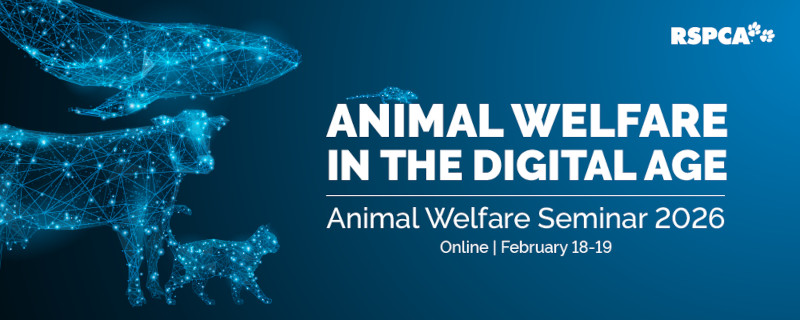| 8.1 | All companion animals must be kept in an environment that is appropriate to their individual and species-specific physical and mental needs and which promotes good health and wellbeing. This should include optimal space, temperature, ventilation, humidity, lighting, shelter, cleanliness, comfort, privacy, safety (real and perceived), environmental enrichment (complexity and choice), exercise, and water quality (for aquatic species). |
| 8.2 | Social species of companion animals should be kept with other compatible animals of their own species), where this enhances the individual's welfare. Incompatible species should not be kept together as this puts the animals at risk of physical harm and stress. Advice on which species are compatible should be sought from a reputable source (e.g. a veterinarian experienced with and knowledgeable about the species or peer-reviewed literature). |
| 8.3 | Companion animals should not be confined to environments which significantly restrict their movement and ability to socialise (as appropriate for the species) for prolonged periods of time. When temporarily housed in these environments, the animal must have all they need to safeguard their welfare (e.g. food, water, bedding, and regular release from confinement and opportunities for exercise outside of the restricted area daily or more frequently). |
| 8.4 | Some companion animal species (e.g. dogs, cats, birds, and ferrets) may be taken out on an appropriate, well-fitted, and secure leash and harness under direct supervision if this is safe, well-accepted by the animal, and risks to the animal’s safety and welfare are mitigated. See also: Policy GP1 - Good animal welfare Policy GP3 - Standards and guidelines, and codes of practice Position Paper GP1 - Animal welfare legislation Position Paper GP2 - Development of nationally consistent animal welfare standards and guidelines |
| 8.5 | Tethering |
| 8.5.1 | The RSPCA opposes the tethering9 of companion animals, as it places severe restrictions on the animal’s movement, may put the animal at risk of physical harm, and inhibits the animal’s behaviour. The only exception to this is short term and appropriate tethering of dogs. |
| 8.5.2 | Where dogs need to be securely restrained temporarily, a well-designed and situated tether using safe equipment can be used in appropriate conditions. Tethered animals should not be left unsupervised and all reasonable steps must be taken to ensure that the tethering does not cause injury, pain, suffering, or distress and that the dog’s welfare and community safety are protected. See also: A7.7 Equipment and methods to train and control companion animals A7.11 Dog management A7.12 Cat management Position Paper A8 - Cat containment RSPCA Australia Guide - Keeping your cat safe and happy at home |
| 8.6 | Kennels, catteries, and companion animal daycare operations The RSPCA advocates for regulation of kennels, catteries, and companion animal daycare operations associated with registration and mandatory standards providing for the conditions under which animals are kept and cared for. See also: Policy C - Animals in sport, entertainment, performance, recreation, and work Policy GP1 - Good animal welfare Policy GP3 - Standards and guidelines, and codes of practice Position Paper GP1 - Animal welfare legislation Position Paper GP2 - Development of nationally consistent animal welfare standards and guidelines |
(adopted 08/04/2024)
[9] Tethering means using a lead (rope, wire, or chain), one end of which is attached to the animal or a restraint device on the animal and the other to a fixture in the animal’s environment to prevent/limit movement and confine the animal to a desired area.

